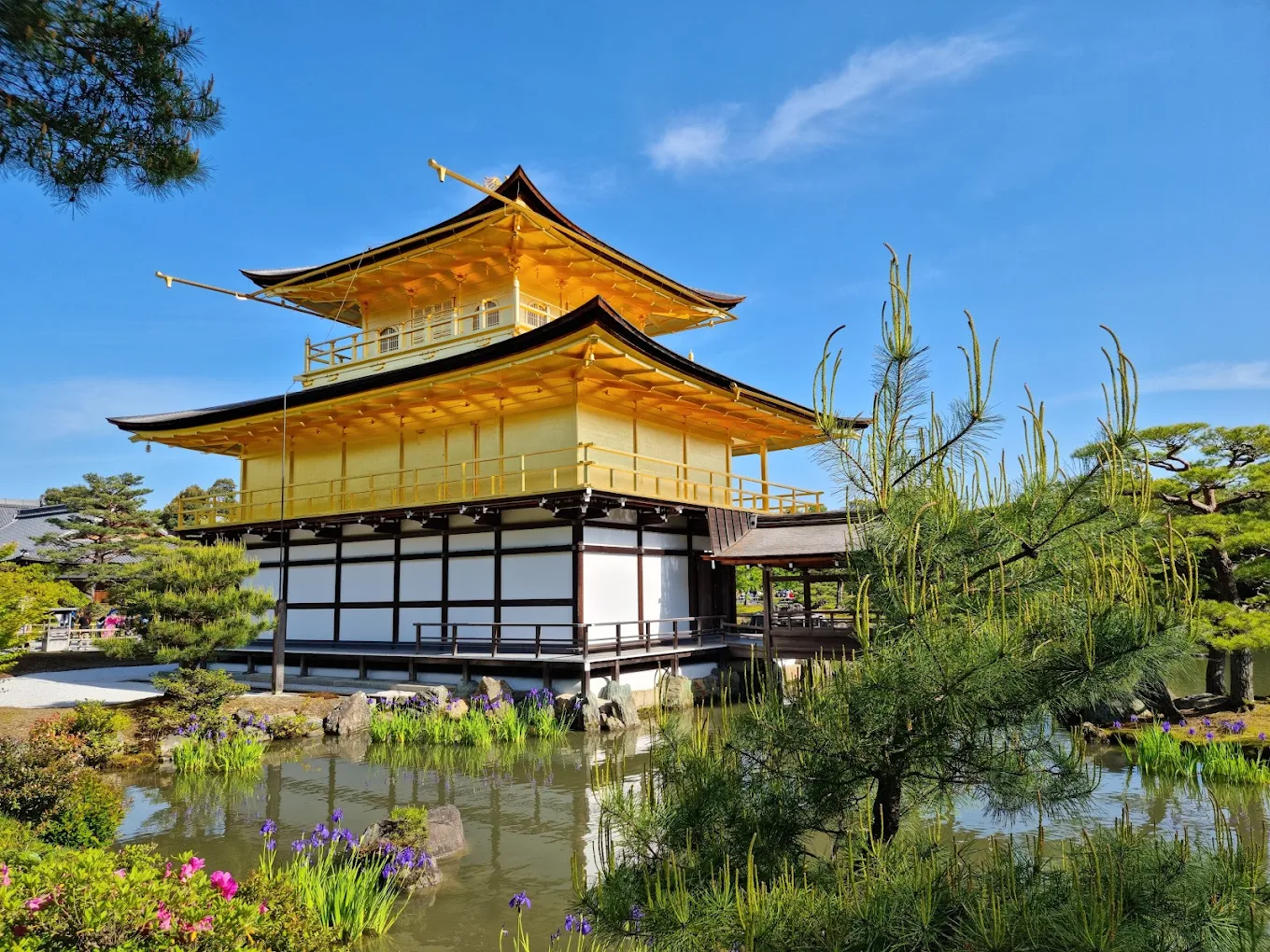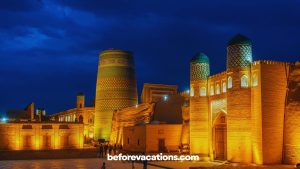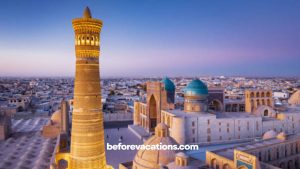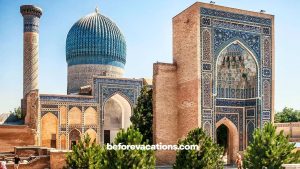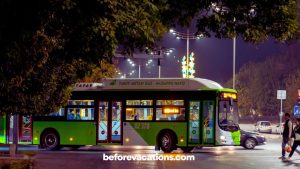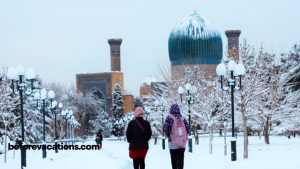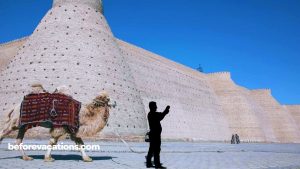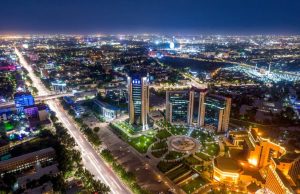Imagine a landscape where history shimmers on water, and architecture ascends in a blaze of gold against a backdrop of pristine gardens. This is Kinkaku-ji, the Golden Pavilion, one of Japan’s most iconic and visually arresting landmarks. Located in the serene northern hills of Kyoto, Kinkaku-ji is more than just a temple; it’s a living masterpiece, a testament to the aesthetic brilliance and spiritual depth of medieval Japan.
Its radiant presence has captivated visitors for centuries, reflecting not only in the tranquil Kyōko-chi (Mirror Pond) but also in the hearts of all who witness its splendor. This comprehensive guide will take you on a journey through its fascinating history, architectural marvels, and the serene beauty of its surrounding gardens, helping you plan an unforgettable visit to this UNESCO World Heritage Site.
The Enduring Allure of Kinkaku-ji: History and Symbolism
Kinkaku-ji, officially known as Rokuon-ji (Deer Garden Temple), boasts a history as rich and intricate as the gold leaf that adorns its famous pavilion. Originally built in 1397 as a lavish retirement villa for Shogun Ashikaga Yoshimitsu, it was converted into a Zen temple of the Rinzai sect after his death, as per his will. The Golden Pavilion itself is a striking example of Muromachi period architecture, a blend of three distinct styles, each reflecting a different era and purpose.
Its very existence, and especially its resplendent gold cladding, was a deliberate statement of power, wealth, and sophisticated taste during a period of significant cultural flourishing in Japan. The decision to coat the top two floors in pure gold leaf was not merely for aesthetic appeal; it symbolized the Pure Land Buddhist paradise, suggesting a heavenly abode for the enlightened within the earthly realm, a vision that continues to mesmerize all who gaze upon it.
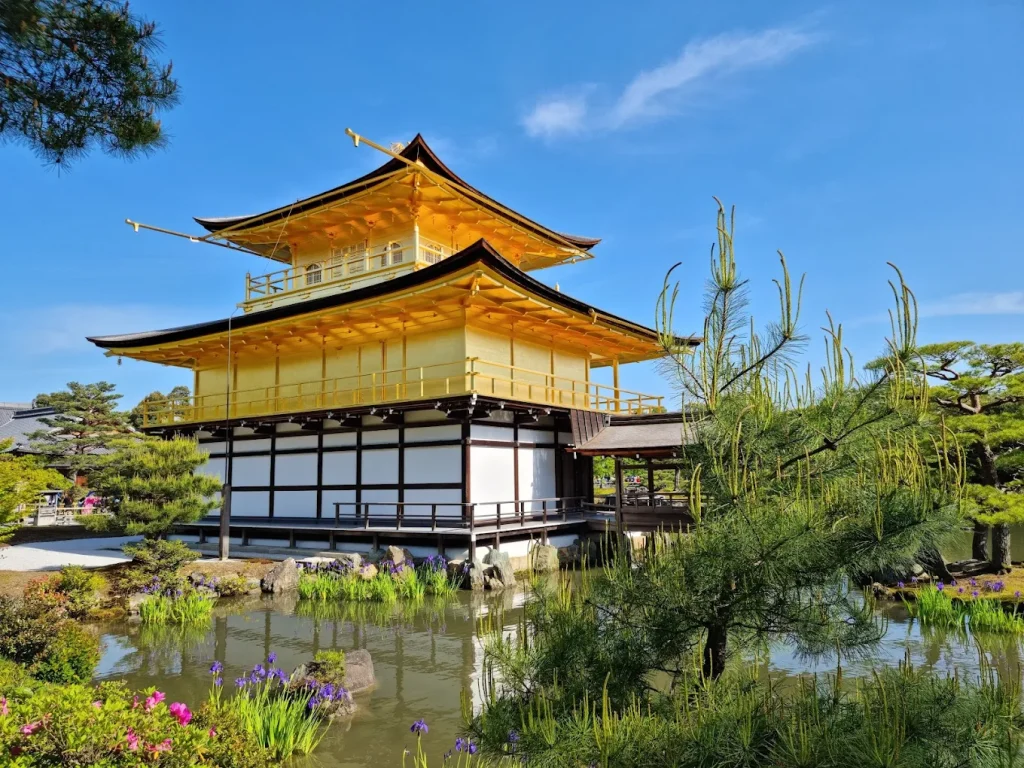
A Phoenix Reborn: The Golden Pavilion’s Resilience
Despite its seemingly timeless appearance, Kinkaku-ji has faced destruction multiple times throughout its history, most famously in 1950, when it was tragically set ablaze by a mentally disturbed monk. The current structure, painstakingly reconstructed in 1955, is a faithful and even more brilliant rendition of its predecessor, with a thicker gold leaf coating that ensures its luminosity.
This phoenix-like rebirth adds another layer to its profound story, symbolizing resilience and the enduring spirit of Japanese craftsmanship and dedication to preserving cultural heritage. This cycle of destruction and reconstruction has only deepened its symbolic value, transforming it into a powerful emblem of enduring beauty and renewal in the face of adversity, a testament to human perseverance and the unwavering commitment to art and legacy.
Image Suggestion 1: A wide shot of Kinkaku-ji Golden Pavilion reflected in the pond, preferably with clear blue sky or autumn leaves. Alt Text: The Golden Pavilion (Kinkaku-ji) reflected perfectly in the Kyōko-chi pond, surrounded by lush green gardens and trees. Image Credit: [Source of Image, e.g., Photographer Name/Wikimedia Commons]
Architectural Masterpiece: A Fusion of Styles
The design of Kinkaku-ji is truly a marvel, showcasing a sophisticated integration of three distinct architectural styles, making it a unique example of Japanese aesthetic principles. Each floor tells a different story and serves a different purpose, culminating in a harmonious and visually stunning whole.
The Three Floors of Beauty
The lowest floor, known as Hōsui-in (The Dharma Water Dwelling), is built in the Shinden-zukuri style, reminiscent of Heian-period imperial palace architecture. This style is characterized by its natural wood pillars and white plaster walls, creating a simple yet elegant foundation that blends seamlessly with the surrounding landscape. It was primarily used for receptions and gatherings, reflecting the aristocratic tastes of its original owner, Shogun Ashikaga Yoshimitsu. This understated first floor provides a grounding element before the more extravagant upper levels, emphasizing a connection to traditional Japanese aesthetics of simplicity and natural materials.
The second floor, Chōonkaku (The Sound of Waves Dwelling), adopts the Bukke-zukuri style, commonly used in samurai residences. This floor features wooden latticework windows and a more rustic, yet refined, appearance. It housed the living quarters and a Buddha hall, highlighting a shift towards a more austere, yet still elegant, aesthetic favored by the warrior class. The contrasting styles of the first two floors visually represent the evolving social and architectural trends of the Muromachi period, showcasing the diverse influences that shaped Yoshimitsu’s vision.
The uppermost floor, Kukkyō-chō (The Ultimate Peak), is built in the traditional Chinese Zen Buddhist style, specifically the Zenshūyō (Zen temple style). This floor is entirely covered in gold leaf, both inside and out, and topped with a golden phoenix, symbolizing auspiciousness and rebirth. This floor housed a Buddha relics hall and was dedicated to contemplation and meditation, reflecting Yoshimitsu’s strong connection to Zen Buddhism in his later years. The dazzling gold leaf transforms the structure into a beacon of spiritual aspiration, visible from across the pond, and serves as a literal and metaphorical high point of the entire edifice.
The Serene Gardens of Kinkaku-ji: A Landscape of Contemplation
Surrounding the Golden Pavilion is a meticulously maintained strolling garden, designated as a Special Place of Scenic Beauty and a Special Historic Site. This garden, a prime example of Muromachi period landscaping, is designed for contemplation and aesthetic appreciation.
Kyōko-chi (Mirror Pond)
The large pond, Kyōko-chi, plays a crucial role in the garden’s design. Its calm, reflective surface perfectly mirrors the Golden Pavilion, creating a mesmerizing illusion of the structure floating on water. Numerous islands and rocks are carefully placed within the pond, symbolizing various Buddhist concepts and creating miniature landscapes that invite quiet observation.
One prominent feature is the Ashikaga Island, believed to be where Yoshimitsu fished. The interplay of the natural elements with the man-made structure is a testament to the profound philosophical underpinnings of Japanese garden design, where every element contributes to a deeper meaning.
Surrounding Landscapes and Tea Garden
Beyond the pond, the garden extends into a lush landscape dotted with traditional features. Visitors can find the Anmintaku pond, said to never dry up, and a small shrine. Ascending a gentle slope, you’ll encounter the Sekka-tei Teahouse, a simple yet elegant structure rebuilt in the Edo Period, offering a glimpse into traditional tea ceremony aesthetics.
The surrounding forest, with its meticulously pruned trees and mossy grounds, provides a tranquil backdrop, emphasizing the harmonious blend of architecture and nature that defines Kinkaku-ji. Every turn of the path offers a new perspective, revealing the careful planning that went into creating this serene sanctuary.
Essential Tips for a Seamless Visit to Kinkaku-ji
To ensure your visit to Kinkaku-ji is as enjoyable and enlightening as possible, consider these practical tips. Planning your approach can significantly enhance your experience of this popular landmark.
Getting There
Kinkaku-ji is located in northern Kyoto and is easily accessible by public transport:
- Bus: The most common way. Take Kyoto City Bus routes 101 or 205 from Kyoto Station directly to the Kinkaku-ji-michi bus stop (approx. 40 minutes). Other routes also stop nearby.
- Subway/Bus Combo: Take the Karasuma Subway Line from Kyoto Station to Kitaoji Station, then transfer to a taxi or bus (routes 101, 102, 204, 205) for a short ride to Kinkaku-ji.
- Taxi: A more expensive but direct option from central Kyoto.
Best Time to Visit
Kinkaku-ji is beautiful year-round, but specific times offer unique photographic opportunities and experiences:
- Early Morning (before 9:30 AM): This is ideal to avoid the largest crowds and capture the pavilion in soft morning light, with its reflection undisturbed.
- Late Afternoon (after 3:00 PM): The setting sun can cast a beautiful golden glow on the pavilion, creating stunning photographs.
- Autumn (mid-November to early December): The vibrant fall foliage around the pond provides a breathtaking contrast to the golden structure.
- Winter (December to February): A rare but truly magical sight is Kinkaku-ji covered in snow, transforming it into a serene, ethereal wonderland.
- Avoid Weekends and Public Holidays: These periods see the highest visitor numbers.
“The way the gold catches the light at different times of day is simply mesmerizing; it’s never the same twice.” – A seasoned traveler’s observation.
Admission and Facilities
- Admission Fee: There is an admission fee to enter the temple grounds. You will receive a unique “fuda” (amulet) ticket, which is a blessing for good fortune.
- Operating Hours: Kinkaku-ji is generally open from 9:00 AM to 5:00 PM daily, but it’s always wise to check their official website for the latest timings or any special closures.
- Accessibility: The main path around the pond is generally flat and accessible, but some areas of the garden may involve slight inclines or steps.
- Gift Shop: A gift shop selling souvenirs, charms, and temple-related items is available on the grounds.
Beyond the Pavilion: Local Flavors and Nearby Delights
While Kinkaku-ji itself is the highlight, the surrounding area offers opportunities to delve deeper into Kyoto’s culinary and cultural landscape.
Local Cuisine and Teahouses
Near Kinkaku-ji, you can find various eateries and traditional Japanese cafes.
- Matcha & Traditional Sweets: As with many temples in Kyoto, look for small shops or teahouses offering authentic matcha green tea paired with wagashi (traditional Japanese sweets). This is a perfect way to experience a cornerstone of Japanese culture.
- Soba and Udon Noodles: Warm bowls of soba (buckwheat noodles) or udon (thick wheat noodles) are popular choices for a comforting meal, especially on a cooler day.
- Yuba (Tofu Skin): Being close to tofu-producing areas, some local restaurants may offer dishes featuring yuba, a delicate and flavorful tofu byproduct.
Exploring Nearby Attractions
Kinkaku-ji can be easily combined with visits to other significant Kyoto landmarks, making for a fulfilling half-day or full-day itinerary:
- Ryoan-ji Temple: Just a short walk from Kinkaku-ji, Ryoan-ji is famous for its enigmatic Zen rock garden, a UNESCO World Heritage Site that invites quiet contemplation.
- Ninna-ji Temple: Also a UNESCO site, Ninna-ji is known for its beautiful Omuro cherry trees that bloom later than others in Kyoto, and its grand Goten Palace.
- Daitoku-ji Temple: A large Zen temple complex with numerous sub-temples, offering a peaceful and less crowded exploration of Zen Buddhism. Each sub-temple often has its own unique garden.
What Makes Kinkaku-ji Unique?
Kinkaku-ji’s enduring appeal lies not only in its visual splendor but also in the layers of history, spiritual significance, and architectural genius it embodies. Its meticulous preservation and the faithful reconstruction after past destructions speak volumes about Japan’s commitment to its heritage.
The temple’s blend of aristocratic villa, samurai residence, and Zen sanctuary architectural styles offers a unique insight into the cultural shifts of medieval Japan. It continues to be a site of active worship and meditation, offering a living connection to its past. The carefully designed gardens, meant for contemplation, provide a serene counterpoint to the pavilion’s brilliance, offering a holistic experience of beauty and tranquility.
By focusing on its genuine historical context, artistic significance, and the palpable sense of serenity it offers, we emphasize the true value of visiting Kinkaku-ji. It’s an experience that transcends mere sightseeing, offering a profound appreciation for Japanese art, history, and spiritual philosophy.
Plan Your Golden Experience in Kyoto!
Kinkaku-ji, the Golden Pavilion, stands as an undeniable highlight of any Kyoto itinerary. Its mesmerizing beauty, rich history, and tranquil surroundings offer an experience that is both visually stunning and deeply contemplative. By understanding its unique blend of architectural styles, appreciating the artistry of its gardens, and utilizing these practical tips, you can truly unlock the magic of this extraordinary landmark. Don’t just see Kinkaku-ji; experience its enduring golden allure.
Begin planning your journey to Kyoto today and prepare to be enchanted by the timeless splendor of Kinkaku-ji!

